Summary
Exploring the Roots of Zaculeu
Zaculeu stands as a remarkable window into the ancient Maya civilization, offering insights into their advanced societal structures. The ruins echo the historical might of the Mam Maya, showcasing the engineering and architectural prowess of this indigenous group. Careful study of this site reveals its role as a formidable city-state with profound spiritual and administrative significance. As an archaeological marvel, Zaculeu continues to inspire awe with its grand plazas and solemn pyramids, which are as culturally rich as they are ancient.
Get your dose of History via Email
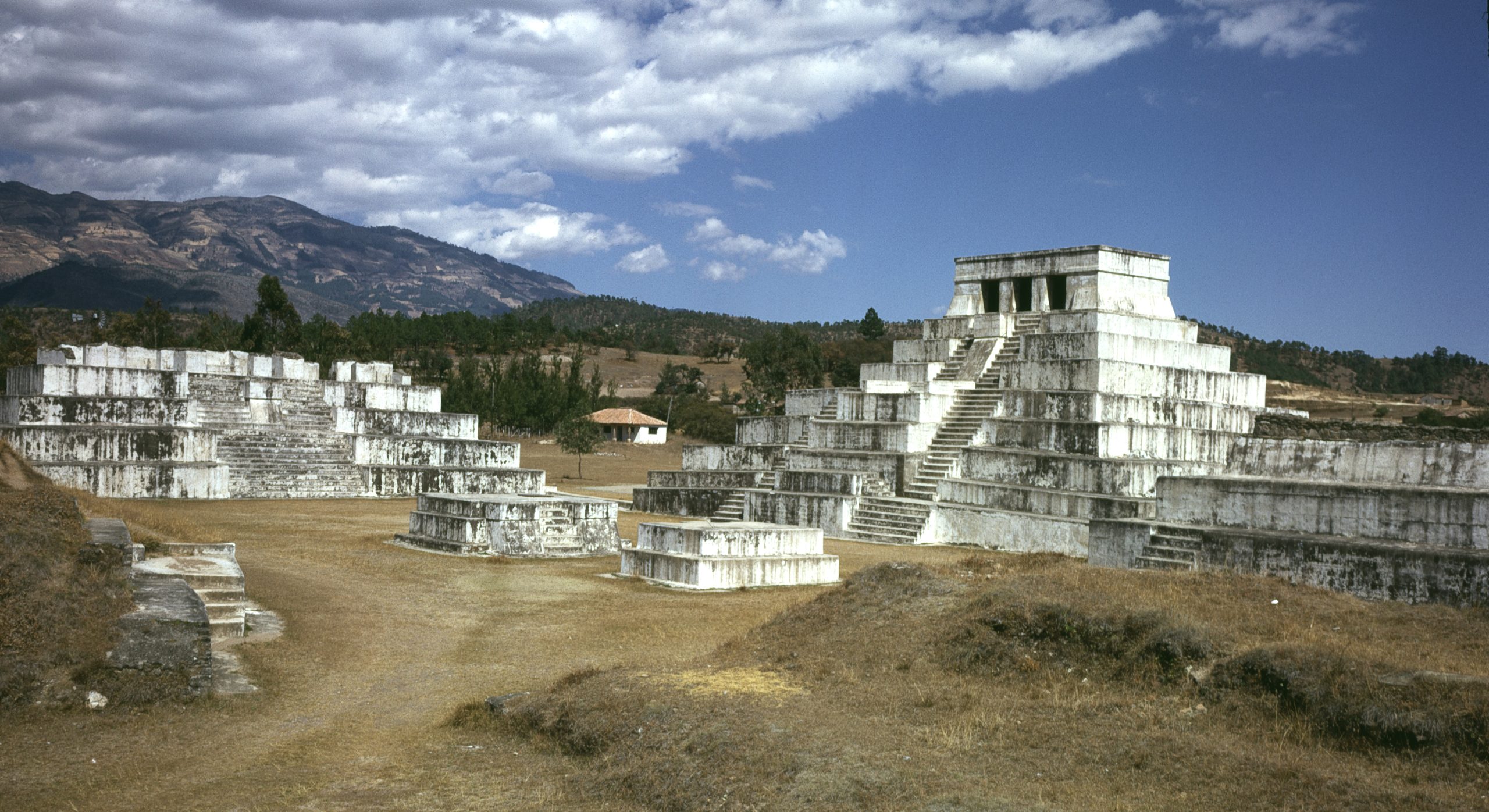
The Scientific Pursuit of Zaculeu’s Secrets
Modern technology has afforded scientists precise dating techniques to unravel Zaculeu’s timeline. By analyzing artifacts and employing radiocarbon dating, researchers have traced the site’s origins to the Early Classic Maya period. These scientific discoveries, coupled with meticulous excavations, add depth to our understanding of the city’s rise and fall. The fusion of history and science breathes life into the stones of Zaculeu, as each stratified layer uncovers a chapter of a bygone era that shaped the present-day Guatemalan highlands.
Cultural Interpretations and Legacy
Interpretations of Zaculeu merge historical analysis with indigenous narratives, painting a vivid picture of its past inhabitants. Scholars tirelessly interpret evidence, enabling us to appreciate the Maya Mam people’s complexities and resilience. As a monument of human achievement, Zaculeu is integral to academic inquiry and cultural heritage, solidifying its place in history. It remains an educational cornerstone for those who wish to delve into the rich tapestry of Mesoamerica’s cultural narrative and the echoes of ancestral voices embedded within Zaculeu’s eternal stone complex.
Historical Background of Zaculeu in Guatemala
Zaculeu, the ancient city now lying in ruins in the highlands of Guatemala, holds a mystique that has captivated historians and archaeologists alike. This pre-Columbian site, once a fortressed city, stands as a testament to the ingenuity of the Maya civilization. Its discovery in the 19th century opened a window into the lives and culture of the indigenous people who thrived in this region centuries ago. Zaculeu’s strategic location and robust structures suggest it was a significant hub, offering insight into ancient urban planning and warfare.
The Rise of Zaculeu
Tracing back to the Classic Maya period, Zaculeu rose to prominence as the capital of the Mam kingdom. The Maya Mam, an ethnic subgroup of the Maya peoples, achieved a level of sophistication seen in the site’s architecture and carvings. Zaculeu’s historical relevance shone brightest during the Post-Classic period, serving as a central power until its conquest. Moreover, its archaeological remains reflect the rich heritage and resilience of its constructors against invaders. These remnants now provide unparalleled value for scholarly studies.
Zaculeu’s Architectural Marvels
The architecture of Zaculeu is remarkable, with its pyramids, palaces, and plazas that speak volumes about Maya culture. The plaster used at Zaculeu was most likely a lime-based plaster that was used in the Maya architecture which lends a distinct character to these ancient constructions. Further, the sheer scale and structure of the main temple reflect both the religious significance and the engineering prowess of the Mam Maya people who built it, leaving a lasting legacy on the landscape.
The Discovery and Excavation of Zaculeu
Explorers first documented Zaculeu in 1825, but it wasn’t until the mid-20th century that serious excavation efforts began. Under the guidance of archaeologist John Howland Rowe, Zaculeu transformed from a forgotten relic to an informative historic site, where excavation continues to shed light on the pre-Hispanic past. These extensive digs have not only provided artifacts and data but also helped to preserve the site for future generations to appreciate, learn from, and enjoy.
Today, Zaculeu is a cultural gem drawing visitors from around the globe. It serves as a poignant reminder of the past, showcasing the ingenuity of the Maya and the layers of history that have shaped Guatemala. As a place of outpouring historical significance, Zaculeu remains both a source of national pride and an essential stop for those seeking to understand the complex narrative of human civilization in the Americas.
The Discovery of Zaculeu in Guatemala
The Initial Documentation
Zaculeu’s first encounter with the modern world traces back to the 19th century. Explorers and researchers brought tales of enormous stone structures hidden within the dense Guatemalan highlands. Colonel Juan Galindo embarked on an expedition in 1831 and is credited with the first detailed description of Zaculeu. His documentation invited scholarly curiosity and eventual preservation efforts for these ancient ruins.
John Lloyd Stephens’ Contributions
In the 1840s, a renowned explorer and diplomat, John Lloyd Stephens, along with British architect Frederick Catherwood, brought global attention to Zaculeu. Stephens’ vivid accounts and Catherwood’s intricate illustrations captivated audiences. They set the stage for future archaeological endeavors and established the site as an artifact of human heritage.
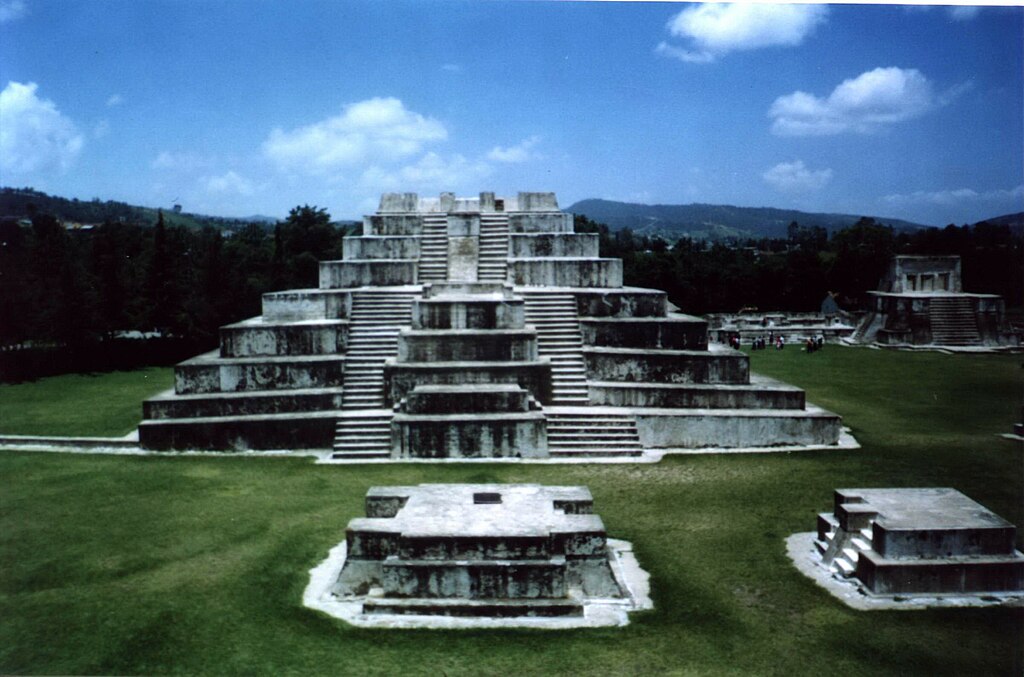
The Impact of Archaeological Recognition
Zaculeu remained relatively undisturbed until the mid-20th century. The Guatemalan government recognized its historical value and sought to study it inclusively. In 1946, what started as a restoration project under the guidance of the United Fruit Company led to a full-scale archaeological revelation. Discoveries from that period helped decode cultural practices and social structures of Zaculeu’s ancient inhabitants.
The 20th-century explorations and excavations made Zaculeu accessible for educational purposes. Archaeologist John Howland Rowe and his team played a significant role in unearthing the city’s past. They found critical artifacts that illustrated the commercial, political, and religious life that once flourished in this monumental site.
Today, Zaculeu’s discovery narrative is as complex and fascinating as its ruins. It shed light on the achievements and challenges of past societies. This has made Zaculeu a profound educational tool and a symbol of pride for Guatemala. It also underlines the importance of preserving historical sites like Zaculeu for the enrichment of future generations.
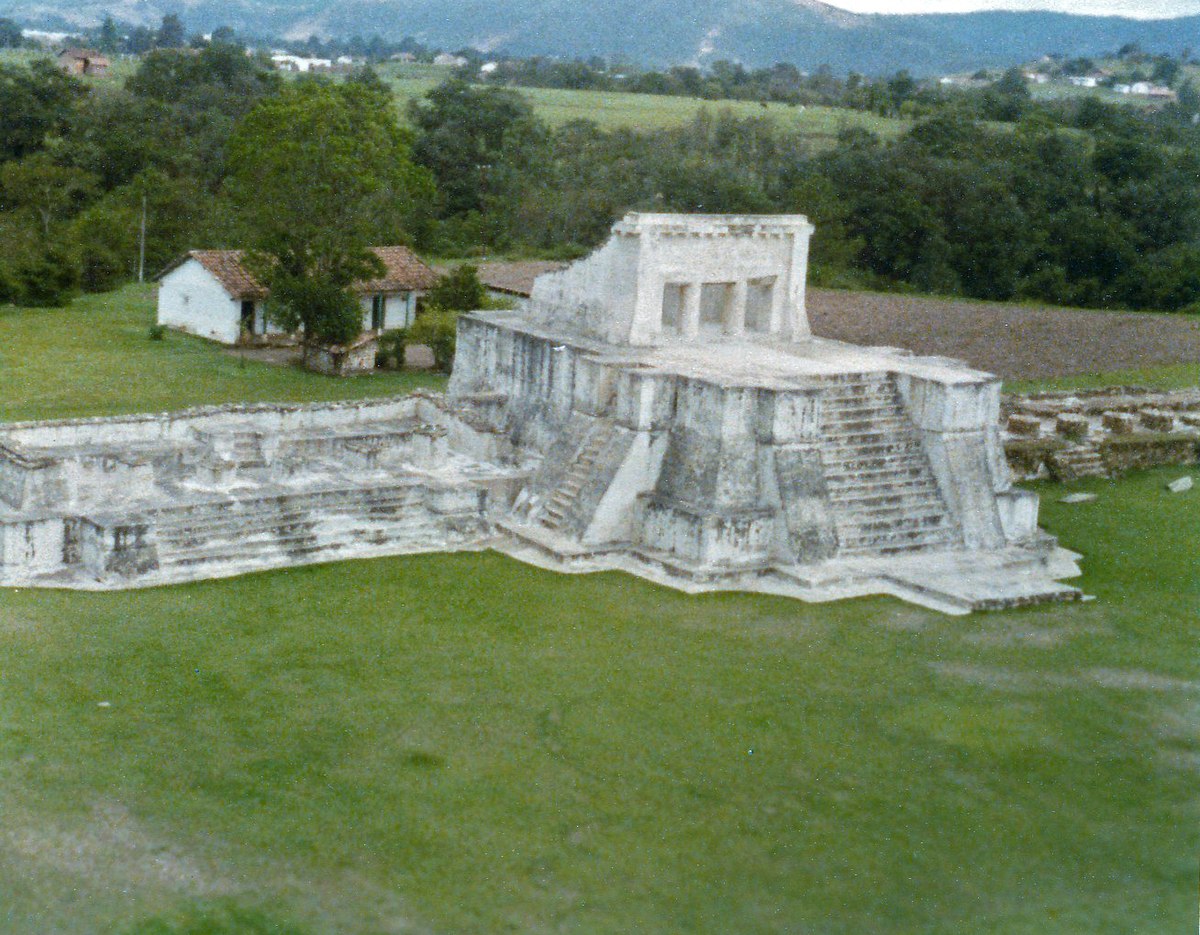
Cultural Significance, Dating methods, Theories and Interpretations
Unlocking Zaculeu’s Timeline
Unveiling the age of the Zaculeu ruins has relied on advanced dating methods, like radiocarbon testing. This scientific approach has estimated that these structures date back to the Early Classic period of Maya civilization. It allows researchers to piece together a timeline and comprehend the historical context of Zaculeu’s ascendancy and subsequent decline.
Deciphering Maya Mam’s Legacy
The cultural significance of Zaculeu is deeply intertwined with the Maya Mam, a subgroup of the Maya ethnic lineage. It stands as a monument to their remarkable city-state structure and religious practices. The surviving architecture and artifacts found give us a glimpse into their sophisticated society and the deep spiritual significance the site once held for these indigenous people.
Filling in the Historical Gaps
While dating methods offer tangible evidence, some aspects of Zaculeu remain shrouded in mystery. Theories abound regarding the city’s fall and the lives of its ancient inhabitants. Archaeologists continually interpret the evidence, trying to unravel the reasons behind the impressive fortifications and the eventual abandonment of the site.
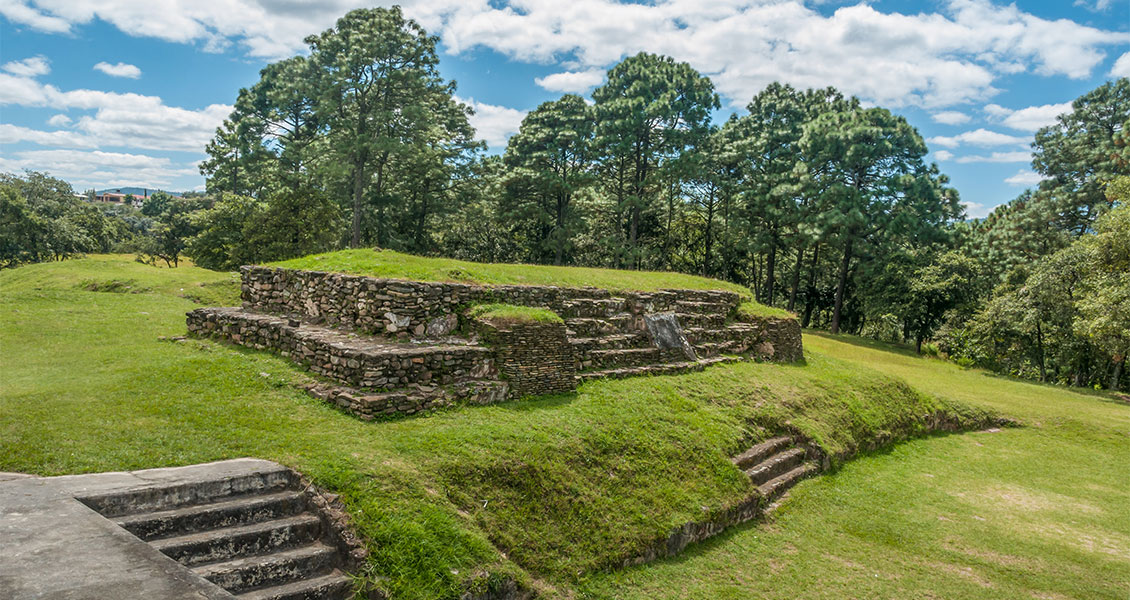
Interpretations of Zaculeu’s fall lean on historical records and oral traditions that suggest prolonged conflict and conquests. Experts believe that these events, combined with resource depletion, might explain the site’s eventual desertion. Nonetheless, Zaculeu’s past is a complex tapestry demanding ongoing study.
Today, Zaculeu occupies a vital place in understanding Mesoamerican history. Scholars continue to debate its narratives, all the while acknowledging its profound influence on our appreciation of Maya civilization. It remains an enduring symbol of the cultural wealth and resilience of the people who once called it home.
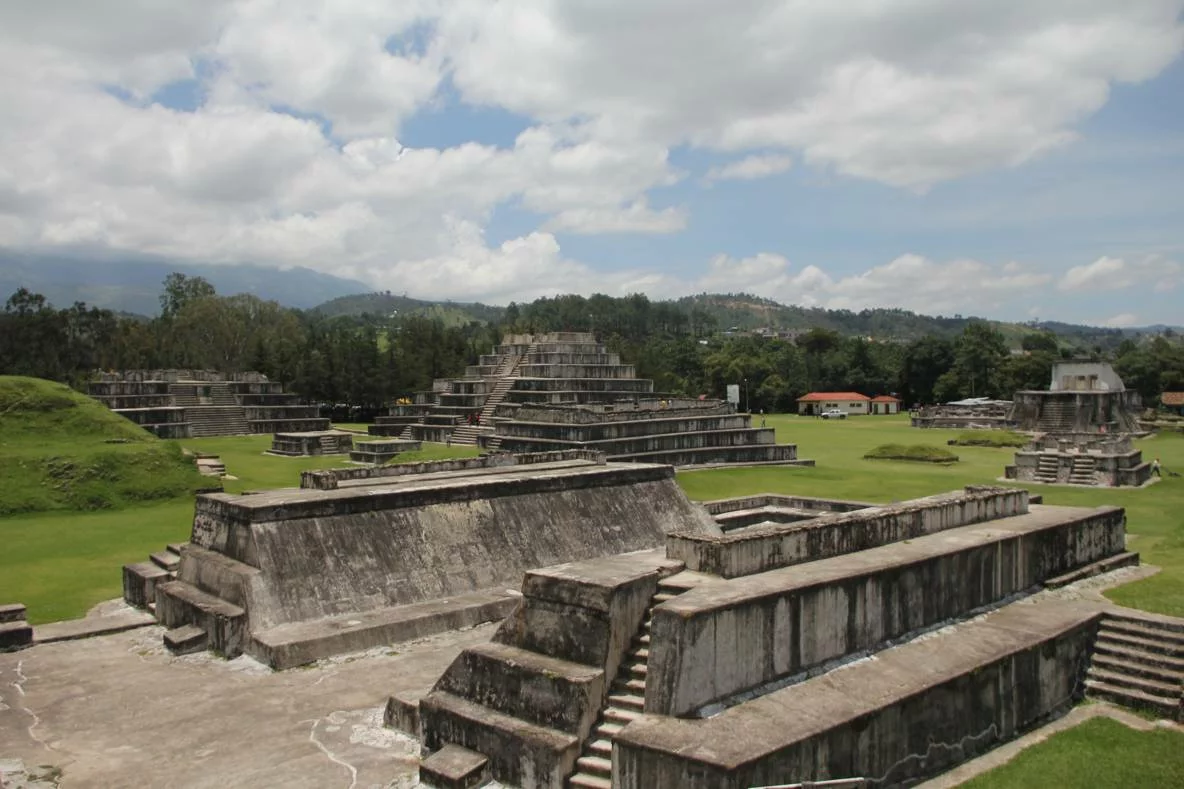
Conclusions and Sources
In retrospect, Zaculeu’s historical importance is monumental, serving not only as a physical testament to the Mam Maya’s sophisticated culture but also as a rich source of educational insight. By combining scientific dating methods, ongoing archaeological research, and the interpretation of cultural narratives, scholars are steadily piecing together the enigmatic history that cloaks this ancient city. Yet, Zaculeu remains a cultural enigma that continues to ignite both local pride and global interest in Guatemala’s illustrious past. As exploration and understanding of this site progress, Zaculeu’s true place in history becomes ever clearer, solidifying its role as an invaluable guardian of the human story.
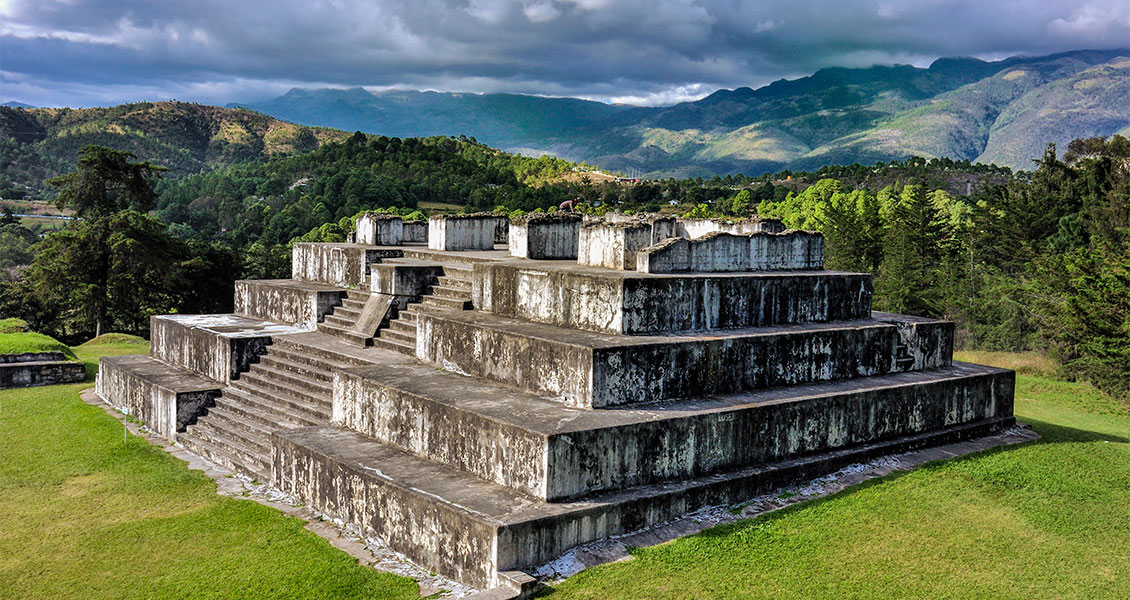
For further reading and to validate the information presented in this article, the following sources are recommended:
Or you can check any of these reputable archaeological and historical texts:
Sharer, R.J. and Traxler, L.P., 2006. The Ancient Maya. 6th ed. Stanford, California: Stanford University Press.
Martin, S. and Grube, N., 2000. Chronicle of the Maya Kings and Queens: Deciphering the Dynasties of the Ancient Maya. London: Thames & Hudson.
Coe, M.D., 2015. The Maya. 9th ed. London: Thames & Hudson.
Stuart, D. and Houston, S.D., 1994. Classic Maya Place Names. Dumbarton Oaks Research Library and Collection.
Fash, W.L. and Sharer, R.J., 1991. Sociopolitical developments and methodological issues at Copan, Honduras: A conjunctive perspective. Latin American Antiquity, 2(2), pp.166-187.

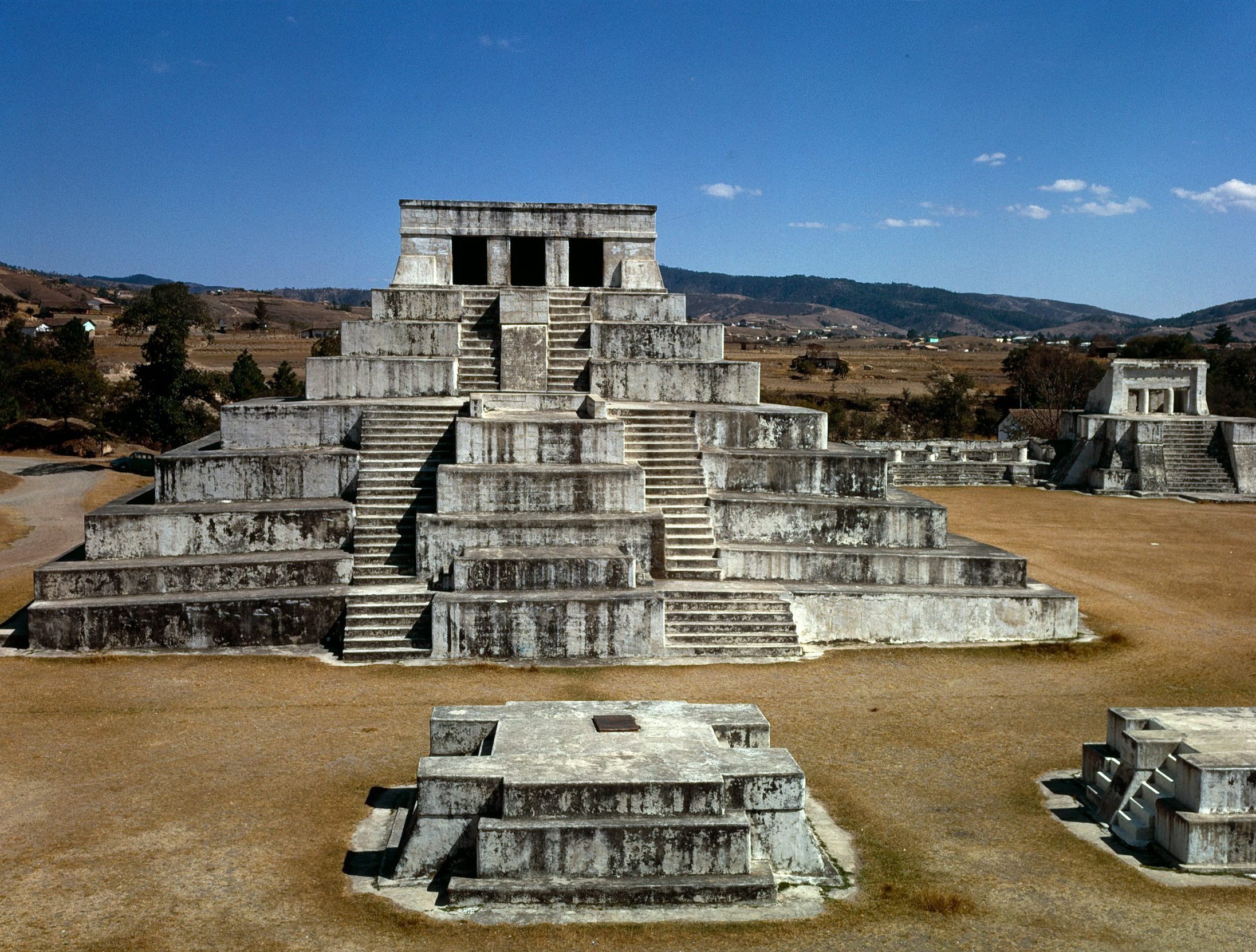
Very nice read. What’s really crazy about these superstructures and the pyramids, is that the people nowadays don’t make them. Why is that? They can’t? These supercivilizations around the world all destroyed during the great flood and forgotten. The world is older than any people can imagine.